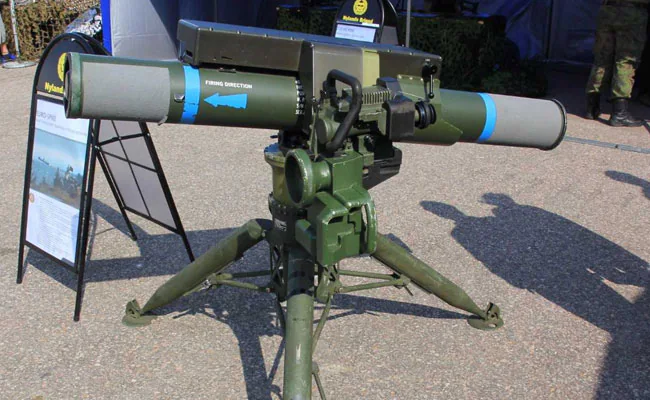As tensions continue to rise along the Line of Control (LoC), the Indian Army has launched a targeted assault on Pakistani military posts using Anti-Tank Guided Missiles (ATGMs). This marks a significant escalation following the tragic Pahalgam terror attack that claimed the lives of 26 civilians, triggering a chain of military responses.
The Function and Strategy Behind ATGMs
ATGMs are advanced missile systems specifically engineered to destroy armored vehicles like tanks. They operate using precision guidance systems, making them far more effective than conventional anti-armor weapons. Designed for deployment from shoulder launchers, vehicles, aircraft, and drones, these weapons allow soldiers to engage targets from safe distances without direct exposure.
Many of today’s ATGMs come equipped with dual-mode seekers for better accuracy and night vision capabilities, making them useful in both day and night operations.
India’s Tactical Response and Background of Conflict
The deployment of ATGMs comes in the aftermath of Operation Sindoor, during which the Indian Armed Forces conducted high-precision airstrikes deep inside Pakistan and Pakistan-Occupied Kashmir (PoK). These strikes, conducted earlier this week, were in retaliation for the mass civilian killings in Pahalgam.
The Pakistani military retaliated with drone and missile strikes aimed at Indian bases in Jammu, Pathankot, and Udhampur, but India’s air defence systems successfully intercepted more than 50 drones, preventing any significant damage on Indian soil.
What Makes ATGMs So Effective?
Most ATGMs use a shaped charge warhead, which focuses explosive energy in one direction to breach thick armor. Advanced systems also include tandem warheads the first charge disables explosive reactive armor (ERA), and the second penetrates the tank’s main defense.
Some models are equipped with “top-attack” technology, allowing them to strike tanks from above where armor is usually weakest. These missiles can track and strike moving targets with precision thanks to their sophisticated seekers.
India’s Indigenous Missile Programs
India’s Defence Research and Development Organisation (DRDO) has been developing cutting-edge ATGM systems that meet global standards. These include High Explosive Anti-Tank (HEAT) warheads designed to pierce even ERA-protected vehicles. These indigenous missiles have enhanced India’s battlefield capabilities, offering flexibility and precision in high-risk zones.
How Modern Tanks Defend Against ATGMs
To counter the threat posed by ATGMs, modern armored vehicles incorporate various protective measures. These include reactive armor, slat armor, and signal jammers that either disrupt the missile’s guidance or reduce its impact.
Some advanced tanks, like Israel’s Merkava, employ Active Protection Systems (APS) such as the Trophy system, which can detect and shoot down incoming missiles. Other countermeasures include deploying smoke screens or engaging the missile operator before launch. However, “fire-and-forget” missiles, which require no post-launch control, have reduced the effectiveness of such tactics.
For over two weeks, Pakistani forces have violated the ceasefire across the LoC, prompting strong Indian retaliation. The situation escalated following the Pahalgam attack, pushing both nations closer to the brink of conflict. With the deployment of ATGMs, India has sent a strong signal of deterrence, underlining its readiness to respond decisively to continued provocation.


